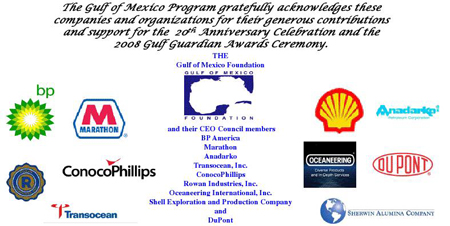Oct 28
20130
BP Choctaw Citizens Equal Rights Alliance Coast Salish tribes Crow Gulf Coast tribes Mandan Navajo tribal sovereignty Wall Street
Stroke of a Pen
Image: The Swinomish Tribe has lived on the coasts of the Salish Sea since time immemorial. Today, rising seas not only threaten cultural traditions, but also the economic vitality of this small island nation in the shadow of a large oil refinery. [Source]
Intercontinental Cry
October 28, 2013
By Jay Taber
In addition to the Citizens Equal Rights Alliance/Tea Party anti-Indian campaign, federal departments — especially Interior, Treasury and Commerce — under Obama have intensified the attack against tribal jurisdiction. Given the make up of Congress and Obama’s commitment to Wall Street, tribal opposition to fossil fuel export could — like tribal sovereignty itself — be extinguished with the stroke of a pen. →





